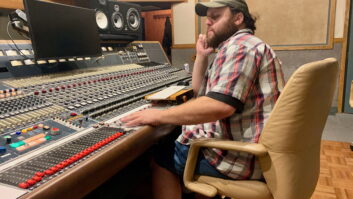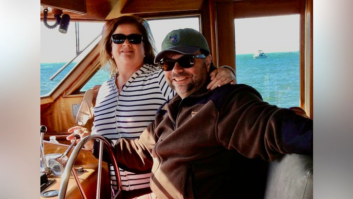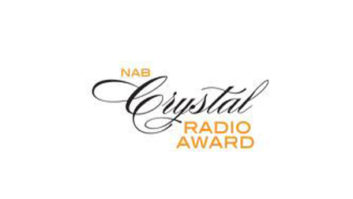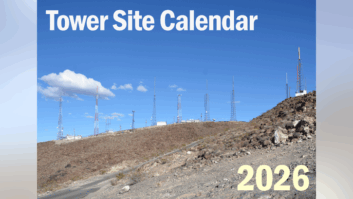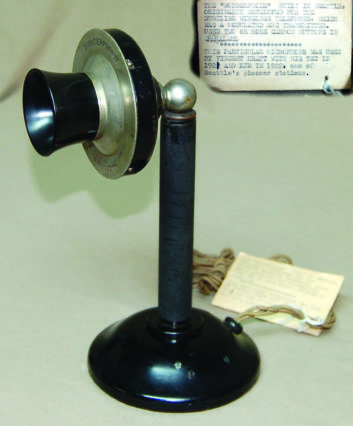
The question of which station was the first broadcaster in the United States has been debated for most of the past century. KDKA in Pittsburgh historically has received this honor, due principally to the untiring early efforts of the Westinghouse promotions department. But there is overwhelming evidence that a handful of other broadcasters in fact preceded KDKA.
One reason for the controversy has been disagreement on the criteria that should determine who was “first.” Additionally, we must distinguish between the “oldest” and “first” station. Evidence of rudimentary broadcasting exists as far back as far as 1912, but all these activities came to a halt during World War I when all non-government broadcast stations were ordered off the air. After the order was finally lifted by the Navy on April 15, 1919, broadcasting gradually resumed in several cities, but these operations were sparse and sporadic until the big “radio boom” of 1922 when hundreds of new stations debuted almost overnight. Most of these early broadcasters did not survive radio’s first decade.
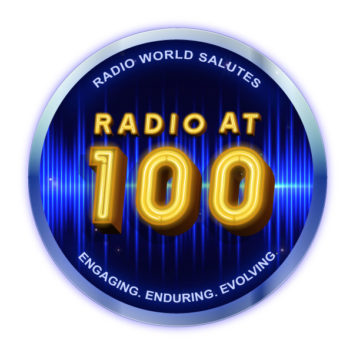 Additionally, it took some time for the Department of Commerce, which regulated radio activity in those days, to recognize broadcasting as a separate class of station and create a specific license for it.
Additionally, it took some time for the Department of Commerce, which regulated radio activity in those days, to recognize broadcasting as a separate class of station and create a specific license for it.
[2020 Radio History Calendar Available Now]
It wasn’t until Dec. 1, 1921 that regulations were created to define broadcasting as a distinct class of radio station, and by that time there were already dozens of stations on the air. Those first pioneer broadcasters operated under several classes of license: Amateur, Experimental or Limited Commercial. (The first station to receive an actual “Broadcast License” was WBZ in Boston late in 1921). Nonetheless, most of these early stations were broadcasting in the true sense of the word, as they were sending out voice programs of information and entertainment on a regular schedule to a public audience.
Another factor that has made it difficult to clearly identify who was first is that, although some well-known pioneer broadcasters such as KDKA and WWJ had clearly defined “start dates,” there were others that began as amateur or experimental stations with irregular schedules and then gradually transitioned into serious broadcasting activities.
Such is the case of KJR in Seattle. Its exact starting date in 1919 is not recorded, and it appears to have made a gradual transition from a personal hobby station to a serious broadcast operation over the course of a two-year period.
7XC
The first entry for KJR in the Department of Commerce records is dated April 1, 1922: “KJR, Commercial Land Station, 360 and 485 meters, Vincent I. Kraft.” Although we can consider this to be the official starting date for the station, the prehistory of KJR was documented in a letter written by station founder Vincent Kraft in 1962. He wrote:
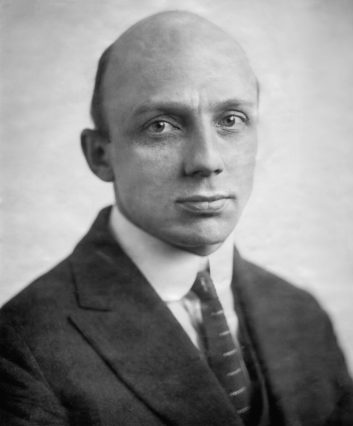
Shortly after World War I, in late 1918 or early 1919, amateur stations closed during the war were allowed to re-open. These re-opened stations immediately reflected the advances made during the war, and installed equipment for transmitting voice and music, whereas prior to the war they had all been dot-and-dash code stations. Among these re-opened stations was my own, with the new call letters 7AC. There were several “wireless telephone” stations under amateur licenses. I received an experimental license with the call letters 7XC for developing this phone equipment. It was on the air with voice and music from 1919 on, as were several other amateur stations.
In 1921, the Department of Commerce, then the sole licensing authority for the government, created a new class of stations and named them “Broadcast Stations.” I immediately applied for a new broadcast license for the equipment which had been operating for a couple of years under the call letters of 7XC. At the same time that these new broadcasting station licenses were created, a new regulation went into effect prohibiting amateur stations from transmitting music.
[WTMA Celebrates 80 Years in Charleston]
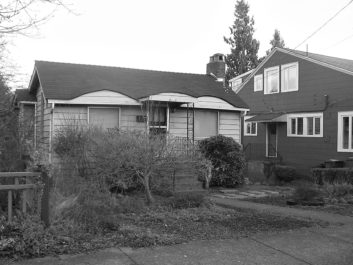
At first, Kraft’s little 10-watt station broadcast from his home in the Ravenna District of Seattle, and later from his downtown radio parts store. But by 1924, KJR was broadcasting daily with 1,000 watts from the prestigious Terminal Sales Building in downtown Seattle.
Kraft then built three other prominent West Coast stations — KEX in Portland, KGA in Spokane and KYA in San Francisco — and tied all four stations together with telephone lines to create one of the country’s first radio networks.
In 1928, he sold his interests in his four stations and network, but he went on to build KXA in Seattle and several stations in Alaska.
THE CENTURY MARK
As for KJR, it went on to have a colorful history. The station’s second owner built it into a huge operation before bankrupting the station and going to jail for embezzlement. It was then acquired by NBC, which later sold to the operators of KOMO, and the two stations operated together as the Seattle affiliates of the NBC Red and Blue networks until 1945.
The station again gained prominence in the 1950s as one of the country’s premier top 40 stations, managed by Lester Smith with celebrity partners Danny Kaye and Frank Sinatra. Today, KJR is a 50 kW sport-formatted station operated on 950 kHz by iHeartMedia.
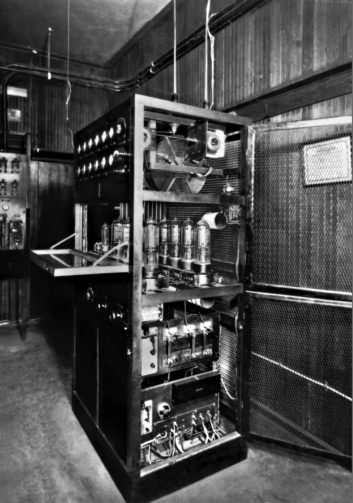
Next year, Radio World will celebrate broadcasting’s official centennial, recognizing the birth of WWJ, KDKA and other pioneer broadcast stations in 1920. Before then, during what can be considered to be broadcasting’s “pre-history,” there was a smattering of experimental activity in a few locations around the country.
It is well documented that Charles Herrold in San Jose was making weekly voice and music broadcasts as early as 1912. Lee de Forest was broadcasting over his station 2XG in New York City both before and after the war, and 1XE, the AMRAD station near Boston, was also experimenting with voice and music during those same years. 9XM in Madison, Wis., a predecessor to WHA, had been broadcasting weather and market reports in Morse Code as early as 1916, although it didn’t begin voice broadcasting until November, 1920.
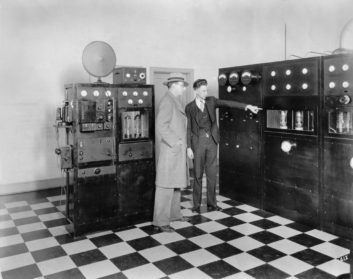
So while KJR in Seattle was certainly not the first station to broadcast, it may be the oldest station to operate continuously from its amateur radio beginnings in 1919 up until the present day.
[Read about Graham McNamee, radio’s first superstar announcer]
In future “Roots of Radio” articles, we plan to salute a number of pioneer broadcasters as each reaches its own centennial date. As has been often said: Stay tuned.
John Schneider is a lifetime radio historian, author of two books and dozens of articles on the subject, and is a Fellow of the California Historical Radio Society. Find more history articles at the Roots of Radio page.



